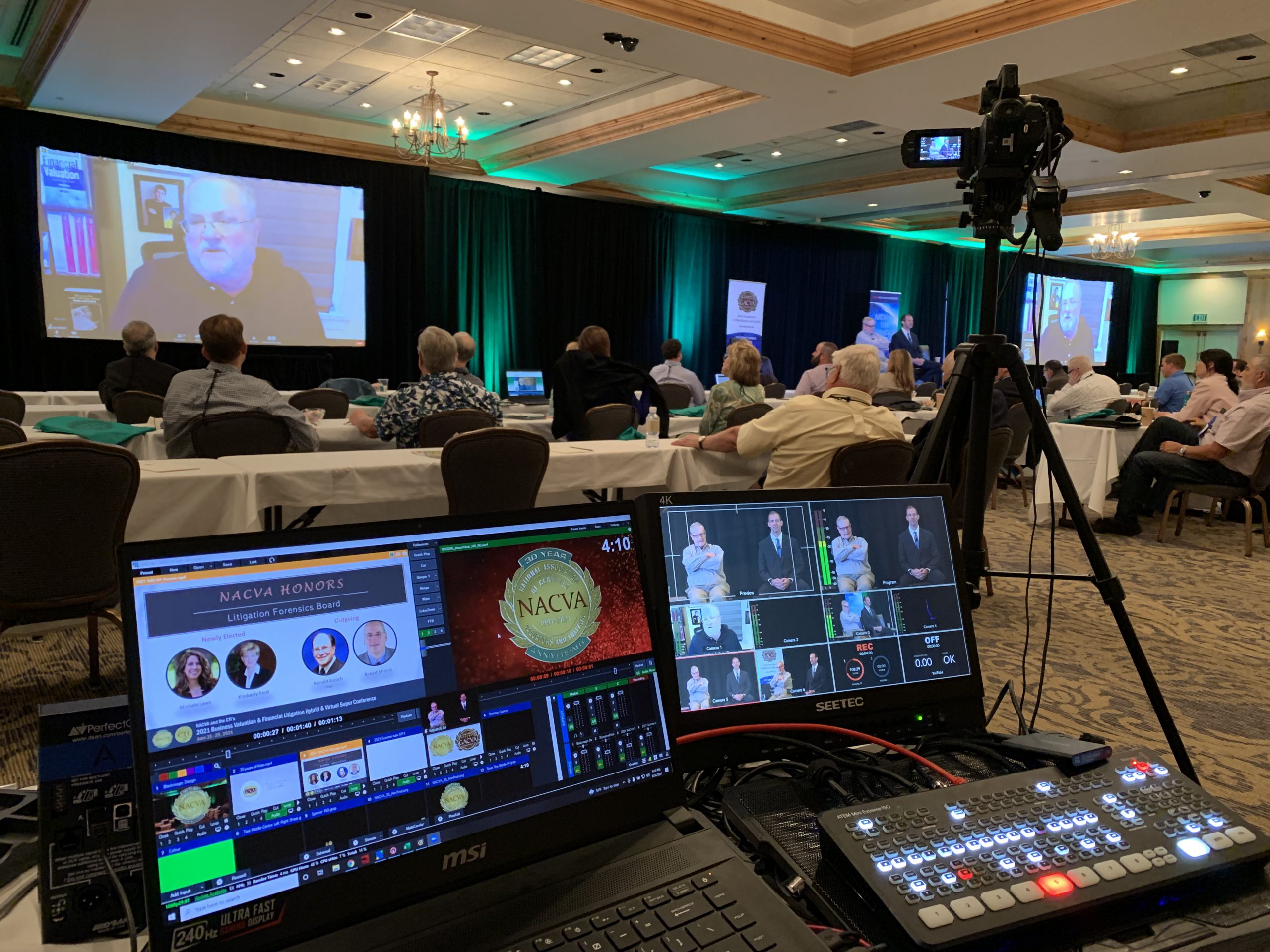One of the most groundbreaking developments in concert lighting is the use of LED fixtures. LED lights are eco-friendly, long-lasting, and can produce a diverse palette of colors. These lights allow for dynamic changes throughout a performance, enabling lighting designers to tune effects with the beat and emotion of the music. In many theaters across NYC, LED systems have replaced traditional stage lighting, resulting in crisper visuals and more saturated colors. This upgrade not only enhances the production of the show but also lowers energy consumption, which is an key consideration for art installations with interactive lights green practices.
Another fascinating development in concert lighting is the integration of automated lighting systems. These systems can be configured to move and change in immediate response, responding to the performance as it takes shape. This level of control allows lighting designers to create highly detailed patterns and effects that highlight specific moments during a concert. For example, during a climactic part of a song, lights may flicker intensely or transition lighting palettes, adding intensity to the performance. The ability to automate lighting effects has introduced new creative possibilities for artists and designers together.
In addition to LED and automated systems, multimedia displays and video mapping have become popular tools in concert productions. Look At This By mapping visuals onto backdrops or using video screens, artists can create all-encompassing environments that transport audiences into another world. This technique allows for storytelling beyond just sound; it combines imagery with music to create an visually driven experience. When used masterfully, projections can enrich the emotional impact of songs and transfix fans throughout the entire show.
As a whole, the modernization of concert experiences in Gotham through cutting-edge lighting techniques demonstrates how technology can transform live performances. With advancements such as LED lights, automated systems, and video projections, artists have more creative freedom to connect with their audiences on a more meaningful level. As these technologies continue to improve, it is intriguing to imagine how future concerts will further challenge creative boundaries and offer iconic experiences to fans globally.
